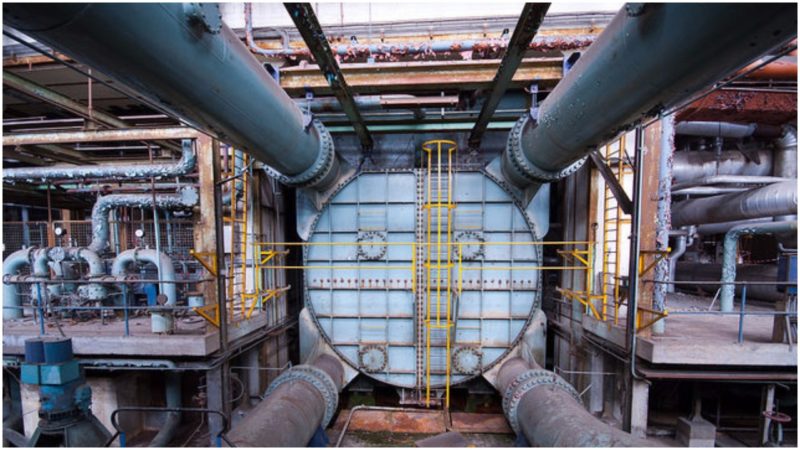At the very start of the 20th century, the folks all around Belgium (and some parts of the world for that matter), were dependent on the little light that their petroleum lamps provided. Electricity was for the greater part still unheard of.
During the first quarter of the 20th century, people dropped the usage of the petroleum lamps and switched to kerosene lamps. But prior to these, owners of the already installed tram systems became the founders of a company that became known as Société Centrale d’Electricité du Brabant or CEB for short, and they established the first power plant in Western Brabant.
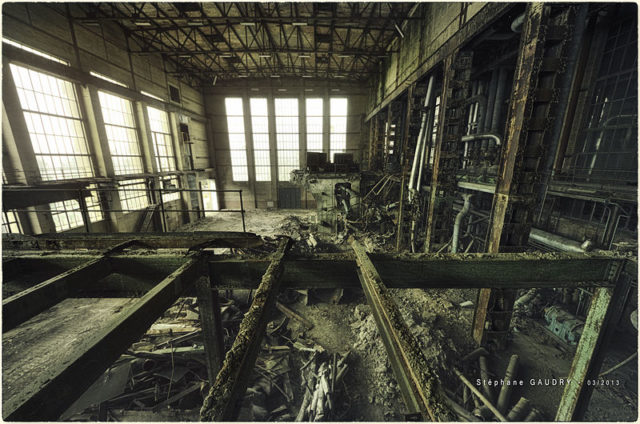
Then in 1911, another power plant was born on the Ghent canal, financed by Baron Floris Van Loo and the Bank of Outremer. Bit by bit, electricity was installed in the country and in 1912, a decision was brought that all of the street lights were to remain turned on during the night. The decision was brought in regard to the safety of the citizens.
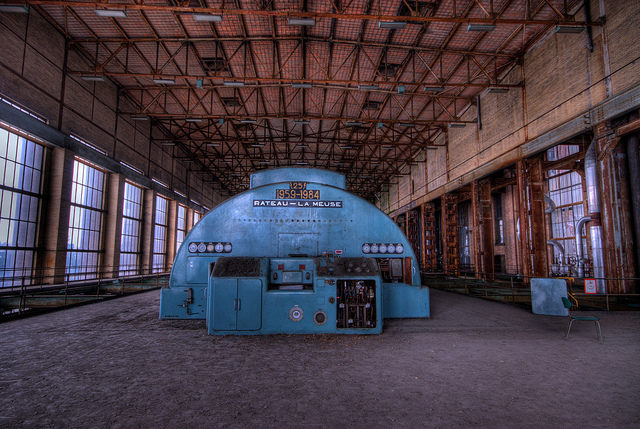
It was January 14, 1914, when another power plant had its foundations laid in the ground. The name of this plant was Elektrische Centralen voor Vlaanderen in Brabant (ECVB). By the summer of 1914, the power plant was already active.
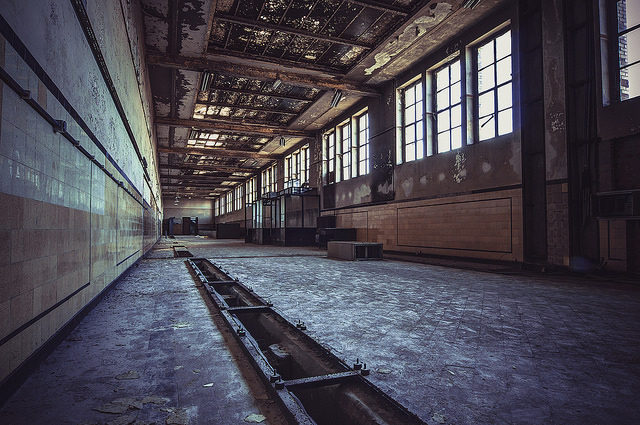
Unfortunately, during this same year, the world saw the start of the First World War. During this period some parts of ECVB were seriously damaged. Among those, the most critically damaged part was the turbine room, even the walls of this room were left hardly standing. The power plant was left in a poor state, made worse by the theft of metals and other material.
Once all things were settled, the power plant was renovated and brought back to use. One year after the war had ended, ECVB increased its production capacity rather dramatically with the installment of additional boilers. And this wasn’t the last time new boilers were installed.
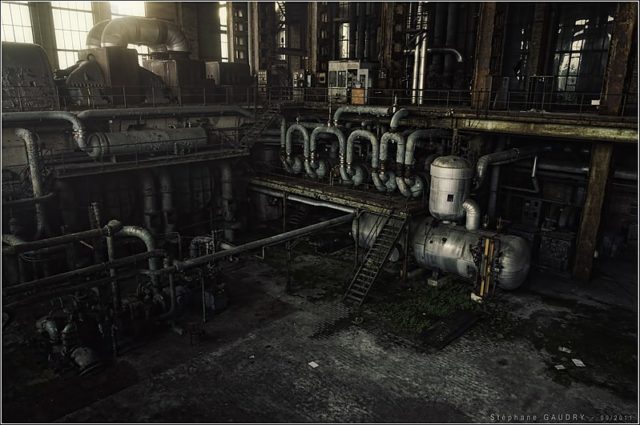
In 1930, the introduction of a new type of boiler, invented by Mark Benson, significantly dropped the price of production per unit of electricity. The Benson boiler was capable of producing steam that reached temperatures of 705 degrees Fahrenheit (374 degrees Celsius).
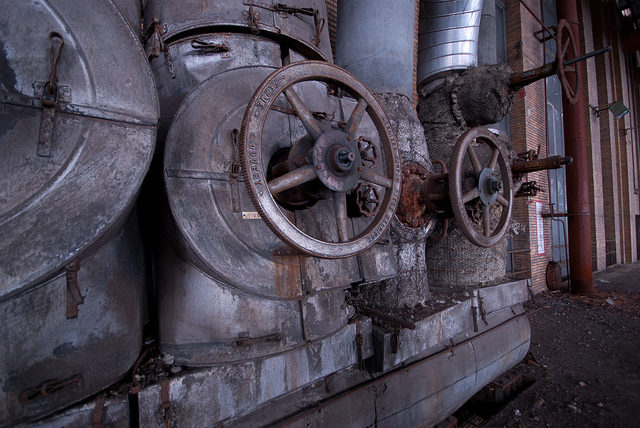
The working week of this plant followed the standard for factories of that time, which was 48 hours per week. But the power plant had their own football team (FC CEFB) and all those that were part of this team needed to be released on a Saturday afternoon. Even the supporters of this team asked for a day off.
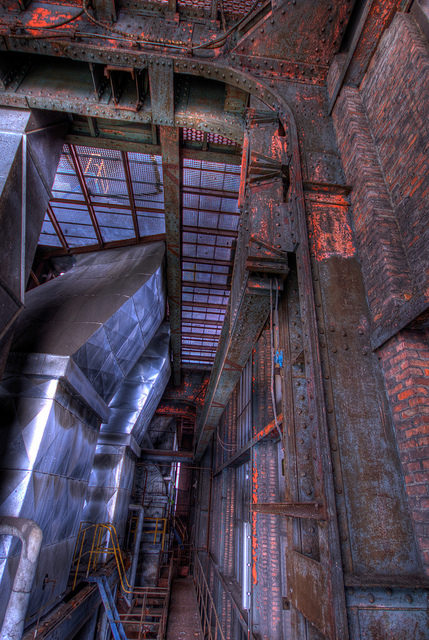
And so the plant management decided to lower the required working hours on Saturdays by half. This move led to the creation of the current standard working week of five days.
This power plant took real care of its workers. They had discounts in numerous cinemas, and theaters, and ballet shows, places where they can socialize after work. With time even a burial fund was created with a specific goal in mind – to offer some financial help to the family of the deceased worker.
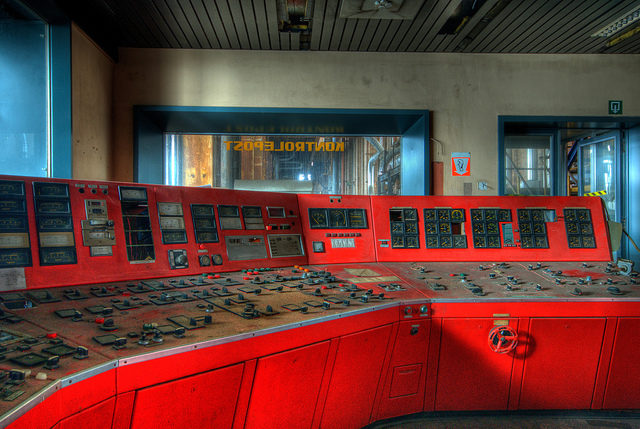
As the years rolled by, the world was once more on the verge of a war. Many of the workers had to leave their jobs for the military was looking for people willing to defend their homeland. And so the war began.
This meant that now, only the essential was of importance, everything else was secondary and thus all the bonuses the workers enjoyed previously were now terminated.
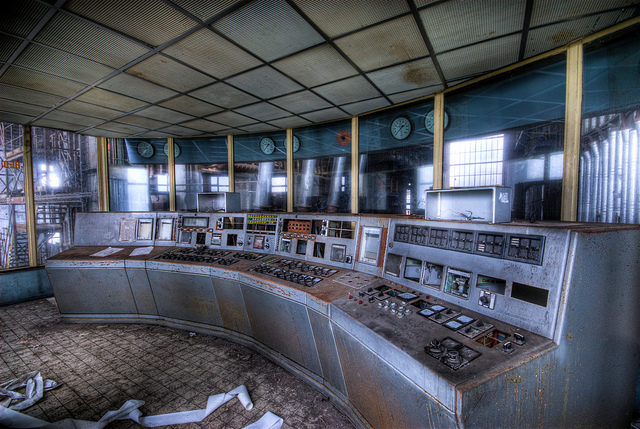
But nevertheless, the power plant continued to take care of its loyal personnel. Even though the war was roaming across the world, the children of the workers still got their Christmas presents on time, every year, no exceptions. Sadly, however, this power plant doesn’t exist anymore.
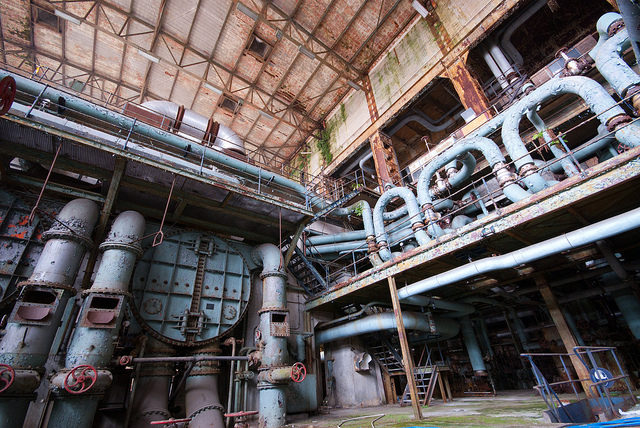
The year 2012 marked the beginning of the end, for this is when the ECVB was erased from this earth, partly dismantled and part utterly destroyed by scrappers and looters and delinquents. All that remains are the good stories of the good times spent in this power plant and the birth of electricity in Belgium.
